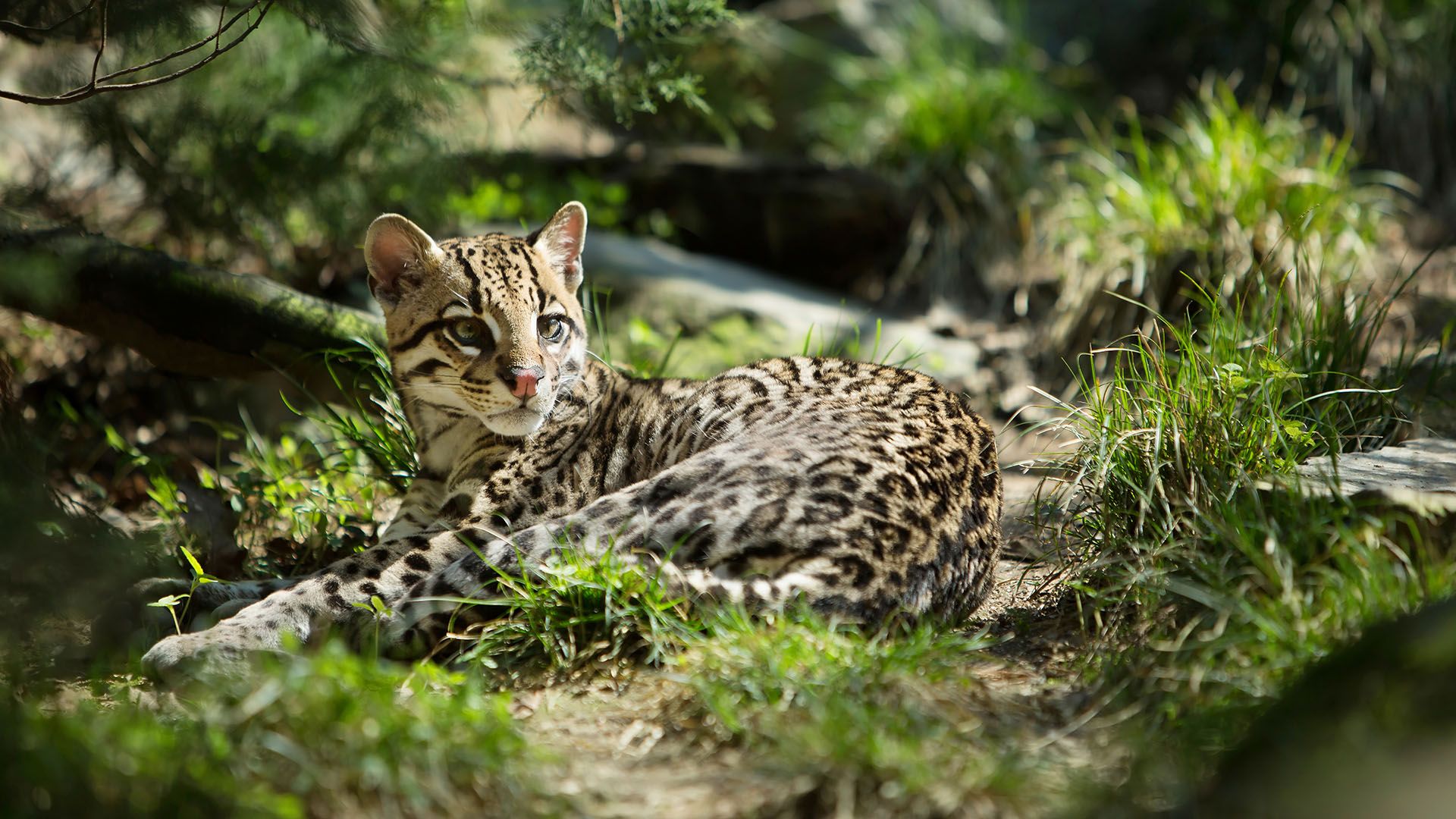Your guide to see wildlife in Mexico
What makes a trip to Mexico stand out for wildlife tourism is how it combines good infrastructure with experiences that still feel raw and untamed. Unlike some safari-style trips where animals are essentially paraded past you, many of Mexico’s reserves let you watch wildlife on its own terms. You’re more likely to spend time quietly observing than being guided to a specific photo op.
There’s also a real emphasis on community involvement. In a lot of places, former hunters now work as guides—people who’ve spent their whole lives learning how to track animals and move through the landscape. Instead of hunting, they now use those same skills to help protect the species they grew up around and to help visitors understand what they’re seeing.
Some of the more thoughtful ways of approaching wildlife tourism got their start here, too. In Magdalena Bay, for example, local fishermen and researchers worked together to figure out how people could interact with whales without disturbing them. That kind of collaboration ended up shaping how responsible wildlife tourism is done in other places, too.
What animals can you see?
Mexico is one of the most biodiverse countries on the planet. Around 23,000 animal species live here—that’s about 1 in 10 of all known species on Earth. And nearly half of the reptiles and amphibians you’ll find in Mexico don’t exist anywhere else.
That’s partly because Mexico sits at a kind of crossroads. Northern species like black bears overlap with tropical ones like spider monkeys, creating some wild combinations. The country’s unique geography—mountains, deserts, rainforests, and oceans—has helped shape creatures that are totally one-of-a-kind. If you're just getting started planning your trip to see Mexico wildlife, a great starting point can be our sample Mexico itinerary, created by local travel experts.
















